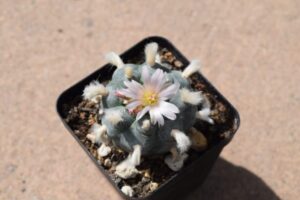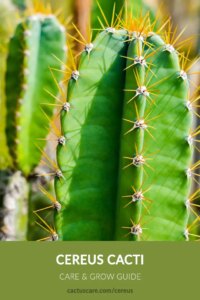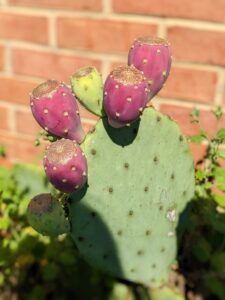Within the realm of horticulture, few things can be as disheartening as discovering your beloved cactus, an emblem of resilience and adaptation, plagued by white fungus. This insidious adversary can transform a vibrant specimen into a shadow of its former self, calling for an understanding of its nature and the most efficacious measures for remediation. Let us delve into the world of white fungus on cactus, equipping you with the knowledge to recognize, understand, and combat this unwelcome visitor.
Intriguingly, white fungus, often observed as a cottony or powdery coating on cactus, is not merely one entity but a collection of fungal species. The most common among these is mealybugs, which are not true fungi but rather soft-bodied insects that excrete a waxy, white substance that resembles fungus. Another potential culprit is powdery mildew, a genuine fungal pathogen that thrives under specific environmental conditions, particularly in excess moisture and inadequate airflow. Both pose threats, but their identification and treatment diverge.
Identifying the Intruders: A Closer Look at Mossy Culprits
To engage in the battle against white fungus, one must first master the art of identification. Recognizing the distinct characteristics of the invaders is paramount to launching an effective counteroffensive.
Mealybugs typically manifest as fuzzy white masses nestled within the cactus spines or on stems. Their presence can often lead to a stippling effect on the cactus skin as they suck the plant’s sap, ultimately weakening the entire organism. The most alarming aspect of these critters is their ability to reproduce prolifically, which can lead to an infestation if left unchecked.
In contrast, powdery mildew presents a different visage. It appears as a fine, white powdery layer coating the cactus’ surface. This fungal growth can impair photosynthesis, leading to overall plant decline. Fungal spores thrive in conditions where humidity is high and airflow is limited, often triggering a robust growth cycle.
There are other forms of white fungi that may emerge, including certain types of molds. Understanding these differences is essential, as they dictate the strategies available for treatment.
Concocting a Treatment Plan: Combatting the Fungal Foe
Equipped with the knowledge of your adversaries, the next imperative is crafting a treatment plan that addresses the specific type of fungus present on your cactus.
For mealybugs, the initial approach often involves manual removal. Gently wiping the affected areas with a cotton swab dipped in rubbing alcohol promptly eliminates many of these pests. This method is not only effective but ensures the minimal introduction of harsh chemicals into the plant’s ecosystem. Following this, a preventative strategy employing insecticidal soap or neem oil can curtail future infestations. These organic options are generally safe for the plant while being lethal to soft-bodied insects.
In the case of powdery mildew, altering the environment is essential—begin by adjusting watering practices and increasing airflow around the plant. Keeping the soil slightly drier and ensuring the cactus receives adequate sunlight can deter future outbreaks. If mildew persists, applying a fungicide specifically labeled for powdery mildew is advisable. Organic fungicides, such as sulfur or potassium bicarbonate, can provide results without harming the plant or its environment.
When confronted with other fungi, such as damp molds, employing standard cultural control measures is crucial. This includes maintaining proper watering techniques, ensuring well-draining soil, and avoiding overly crowded settings that hinder airflow.
Embracing Recovery: The Resilience of the Cactus
Once the treatments have been enacted, fostering recovery within your cactus requires patience and continued vigilance. After all, a cactus is not simply a plant; it is a symbol of perseverance, thriving even in inhospitable conditions. Allow the cactus time to heal from the intrusion, and maintain a consistent care routine devoid of stressors. This means periodically checking for signs of re-infestation, as vigilance is key in the ongoing battle against white fungus.
Fostering an environment conducive to a cactus’s growth is essential. This involves ensuring it receives adequate light, appropriate temperatures, and proper watering. The more attention and care you give your cactus, the more it will reward you with vibrant growth and resilience.
In conclusion, the presence of white fungus on your cactus does not spell doom. Rather, it serves as a rallying call to arm yourself with knowledge and actionable strategies. By identifying the foes lurking within the green expanse of your cactus, you can effectively combat and eradicate these intruders. Remember, with continued vigilance and care, your cactus can be restored to its full glory, embodying the very spirit of resilience it has come to symbolize.





Leave a Comment